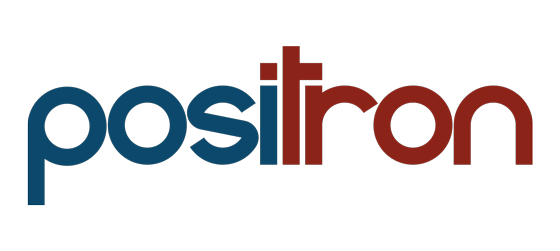There are many different types of electric vehicle (EV) chargers on the market, and each one has its advantages and disadvantages. In this article, we’ll take a look at the different modes of EV chargers and discuss which one is right for you.
The Different Modes
Electric Vehicle (EV) Charging is quickly becoming the new normal as more people switch to electric vehicles and the charging infrastructure adapts to the changing demands. IEC 61851 is the standard that defines safety requirements for EV Chargers. IEC 61851 divides EV chargers into 4 different modes: Mode 1, Mode 2, Mode 3 and Mode 4. Mode 1 uses a single cable connected from the wall outlet to the vehicle’s charge port, while mode 2 features an in-cable control and protection device (IC-CPD) adding control and safety. Mode 3 features a dedicated electric vehicle supply equipment (EVSE) permanently connected to the electrical grid with several control and protection functions (the most common EV charger Mode). Finally, Mode 4 incorporates an off-board charger with a DC output that directly charges the EV battery. All four modes provide convenience for EV users but it is important to research what mode works best for each individual situation before making a purchase decision.
Different Mode Technical Information
| Mode | Phases | Current | Voltage | Supply | Applications | Notes |
| 1 | 1Φ | 16A | 230V | AC | electric bikes & scooters | Direct connection of vehicle to conventional electrical outlets. Not allowed in NZ |
| 3Φ | 16A | 400V | ||||
| 2 | 1Φ | 32A | 230V | AC | “slow AC” | Requires control box between vehicle and electrical outlet. Prohibited for public charging in NZ |
| 3Φ | 32A | 400V | ||||
| 3 | 1Φ | 32A | 230V | AC | “slow and quick AC” | EVSE permanently connected to electrical grid. Typical public charger installation. |
| 3Φ | 32A | 440V | ||||
| 4 | – | 200A | 400V | DC | “fast DC” | Current conversion handled by EVSE, not EV. |
Source: https://en.wikipedia.org/wiki/IEC_61851
Mode 1
Mode 1 is the most basic charger type, supplying AC power using a single cable connected from the wall outlet to the EV. It is used for electric bikes and scooters. It does not support any communication between the EV and the charge point, and is prohibited or restricted in many countries.
From Worksafe:
In New Zealand:
a. It is not permitted to install a socket-outlet with the intention to provide Mode 1 charging for an electric vehicle.
b. It is not permitted to install, use or allow the use of Mode 1 charging in locations that are not domestic or similar.
c. Mode 1 charging of an electric vehicle at a domestic or similar installation may only be undertaken where the supply is protected by a Type A RCD.
Mode 2
Mode 2 supplies AC power using a special type of charging cable equipped with an in-cable control and protection device (IC-CPD). This performs the safety and control functions to increase safety compared to Mode 1. The safety fuction includes detecting and monitoring the protective earth connection, and supports over-current and over-temperature protection. It can also detect the connection to the EV and perform functional switching as it analyses its charging power demand.
From Worksafe:
In New Zealand, it is not permitted to use or allow the use of a Mode 2 supply for public charging for an electric vehicle. The maximum current for Mode 2 charging is 32 A. Each socket-outlet should have an earthing contact connected to the protective earth conductor2 (PE).
Mode 3
Mode 3 are the most common EV chargers that are permanently connected to the power grid. It has a dedicated EVSE that supplies AC power to the EV on-board charger which in turn, charges the battery. The EVSE has control and protection functions to ensure safety, verifying the protective earth connection and the connection between the EVSE and EV.
Mode 3 chargers can come tethered, with a cable permanently attached with a connector on the end to plug into your EV, or with a socket, requiring a cable to plug-in between the EVSE and EV.
From Worksafe:
In New Zealand, it is permitted to install and use Mode 3 EVSE.
Mode 4
Mode 4 is what is commonly known as a DC charger. It is the only charging mode that has an off-board charger that directly supplies DC power. The DC power is delivered directly to the battery, bypassing the on-board charger. Mode 4 chargers are fast and because of the high amount of power being transferred between the EVSE and EV, higher levels of safety and communication are required.
From Worksafe:
In New Zealand, it is permitted to install and use Mode 4 EVSE.
More Information?
Worksafe guidelines for safe electric vehicle charging https://www.worksafe.govt.nz/laws-and-regulations/regulations/electrical-regulations/regulatory-guidance-notes/electric-vehicle-charging-safety-guidelines/
It can be confusing which EV charger is right for your specific situation. Feel free to get in contact with us for more information and we’d be happy to help provide you with the best EV charger for your situation. Contact us at office@positron.co.nz or give us a call on 09 579 38980
